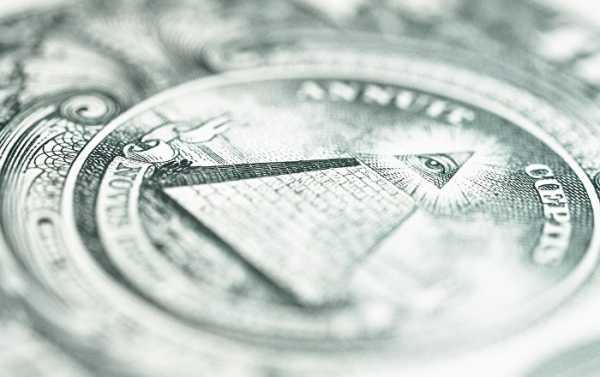
The United States government and the Federal Reserve have taken unprecedented fiscal measures to keep the economy afloat and prevent a new Depression in recent weeks, introducing round after round of new spending and loan guarantees to the tune of trillions of dollars.
The US’s national debt and American corporate debt have hit record levels thanks to the coronavirus pandemic, with fears growing that liabilities soon may reach a “tipping point” that the country may find impossible to dig out of, the Washington Post has reported, citing multiple economists and bank analysts.
Congress and the Federal Reserve have moved to inject over $6 trillion in stimulus spending into the economy in recent weeks to deal with the economic dislocation caused by the COVID-19 pandemic, with much of the money going to corporations and big banks, while ordinary Americans get one-time $1,200 checks and promises of free hospital visits if they have the coronavirus.
Amid the crisis, federal spending is expected to hit almost $4 trillion more in 2020 than the government collects in revenues, with the deficit’s size calculated to be twice as large relative to the size of the US economy in any year since 1945, when America was involved in a World War.
The Federal Reserve has played its part, turning on the printing presses, dropping interest rates to zero and facilitating over $2 trillion in loans.

In this file photo taken on April 02, 2020, the Federal Reserve building in Washington, DC.
But the strategy to take on this unprecedented amount of new debt may create disbalances over the long term and hinder any hopes for a rebound, economists say.
In previous crises, the United States has depended on the dollar’s status as the world’s de-facto reserve currency, racking up debts and engaging in quantitative easing without fear that investors could someday conclude that the state can’t pay its debts and dump US treasuries, resulting in soaring inflation and skyrocketing interest rates.
This time, things may be different Mian warns, with America’s government, business and household debt already in excess of 250 percent of total GDP.

An empty street is seen near Wall street during the outbreak of the coronavirus disease (COVID-19) in Manhattan, New York City, U.S., March 27, 2020. Picture taken March 27, 2020
The academic, who has written excessively about how the Fed’s policy on interest rates has distorted market discipline by generating essentially “free” money, believes that continuing this strategy could lead to stagnant growth in the future. The US is already stuck in a “debt trap” similar to that of Japan, Mian says.
However, unlike in the post-war period, the US today doesn’t enjoy the prospects of gaining new European and Asian markets destroyed by the war. Nor does America have the massive industrial base it did in the late 1940s, which together with the Marshall Plan helped US companies establish a foothold for American-made products for decades to come after the war.

Construction in West Berlin with the help of the Marshall Plan after 1948. The plaque reads: “Emergency Program Berlin – with the help of the Marshall Plan”
In early April, as US companies reportedly drew over $200 billion from their credit lines, JP Morgan CEO Jamie Dimon reported in a letter to shareholders that the bank’s lending “already dramatically exceeds what happened in the global financial crisis” of 2008. At the same time, a recent survey of corporate borrowing by the International Association of Credit Portfolio Managers found that 90 percent of loan managers at top US banks expect to see a rise in corporate defaults as credit risks, and the cost of borrowing, go up.
Sourse: sputniknews.com
0.00 (0%) 0 votes


































